The Mumbai Autofest: Reflections on an Extravagant Show
The invitation email to attend the Mumbai Autofest from Mr. Gautam Singhania, Chairman of the Raymonds group, intrigued me. A good friend, Kersasp Bastavala, had informed me that the Raymonds group was kickstarting its year-long centenary celebrations with a show of vintage vehicles to rival anything done before. One was keen to attend, but to receive a personal invitation from Mr. Singhania, whom I had only seen from afar at premium Concours d’Elégance shows, was an unexpected and pleasant surprise.
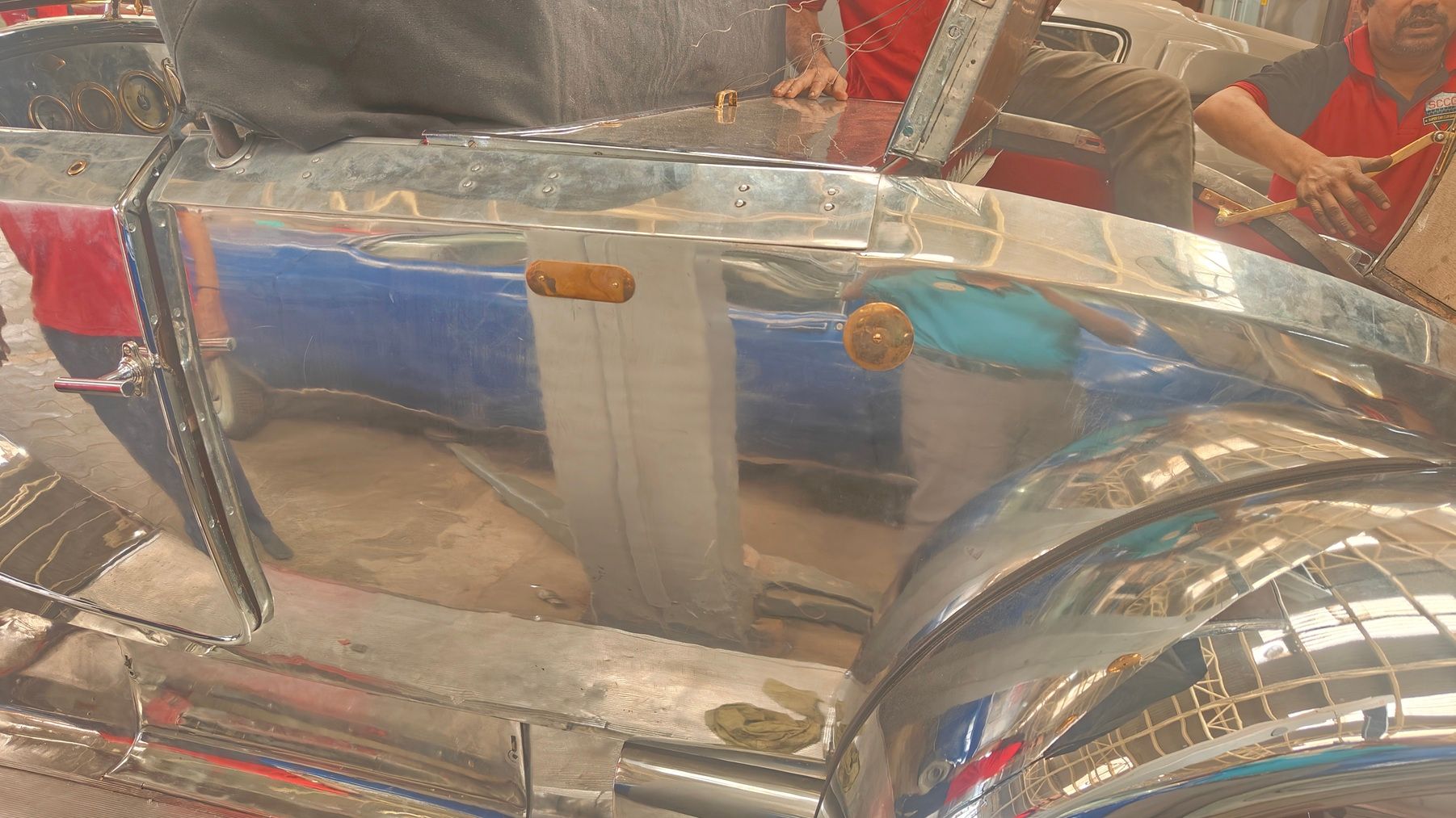
The cocktails and dinner hosted by Mr. Singhania, high above the Mumbai skyline overlooking the Arabian sea, set the tone for the show. Along with the cream of Mumbai society and legendary collectors, were Mumbai’s ardent enthusiasts, those whose reputations rested on their vast knowledge and hands-on experience, undiminished by the few classics that they owned.
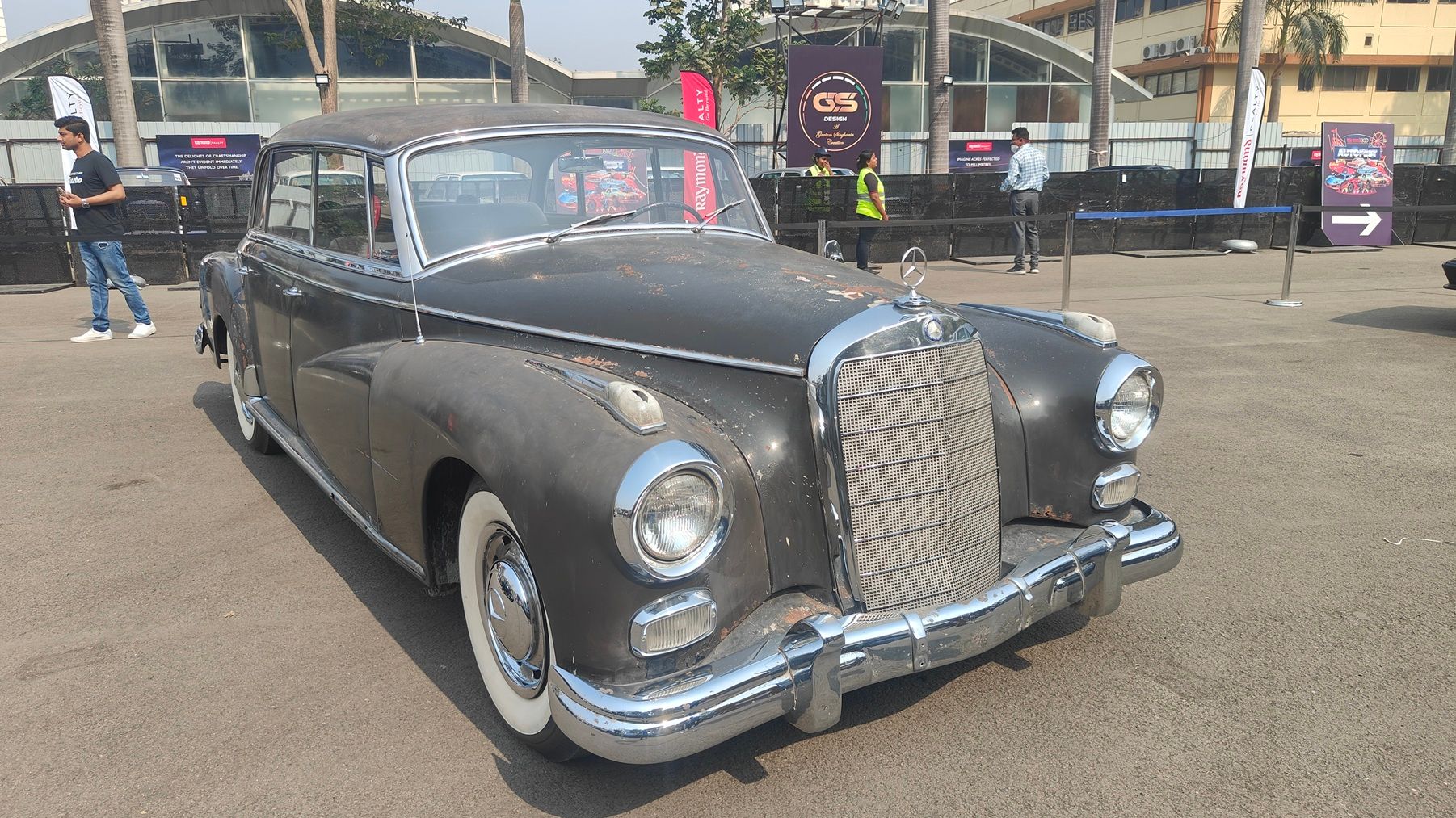
City comparisons are inevitable whenever classic vehicle enthusiasts meet. My Bangalore is blessed with good weather and pleasant outskirts that encourage classic vehicle owners to regularly drive them. However, it pales in comparison to the variety and wealth of classics available, especially when compared to Mumbai, Delhi and Kolkata – cities with commercial, political and historical legacies that have resulted in a vast pool of classics for enthusiasts to acquire, restore and enjoy. The banter during cocktails, as old Mumbai hands reminisced about cars and bikes they had restored or missed, along with stories of the movie stars, cool characters, political bigwigs and the nasty villains who owned them, was riveting.

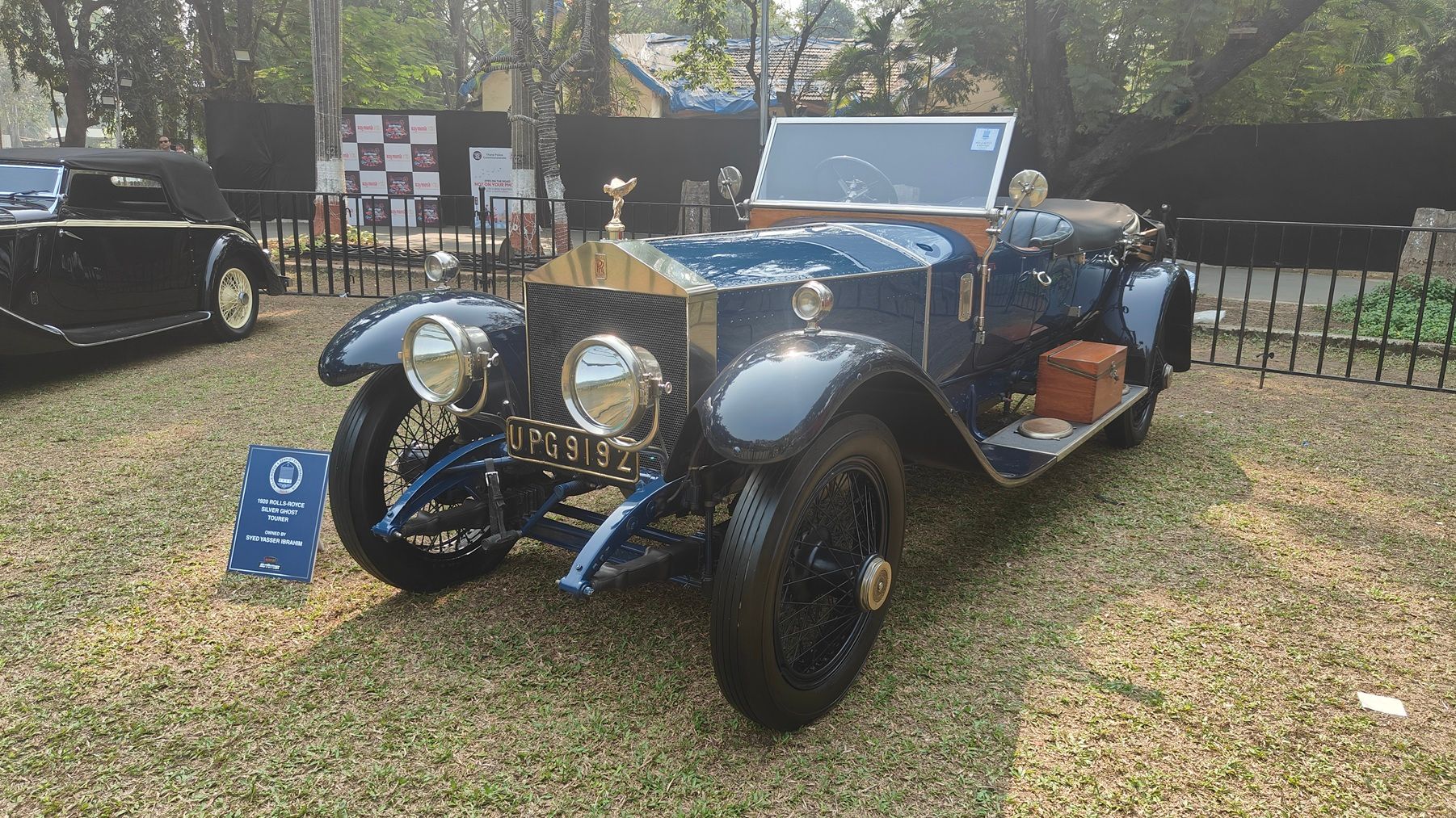
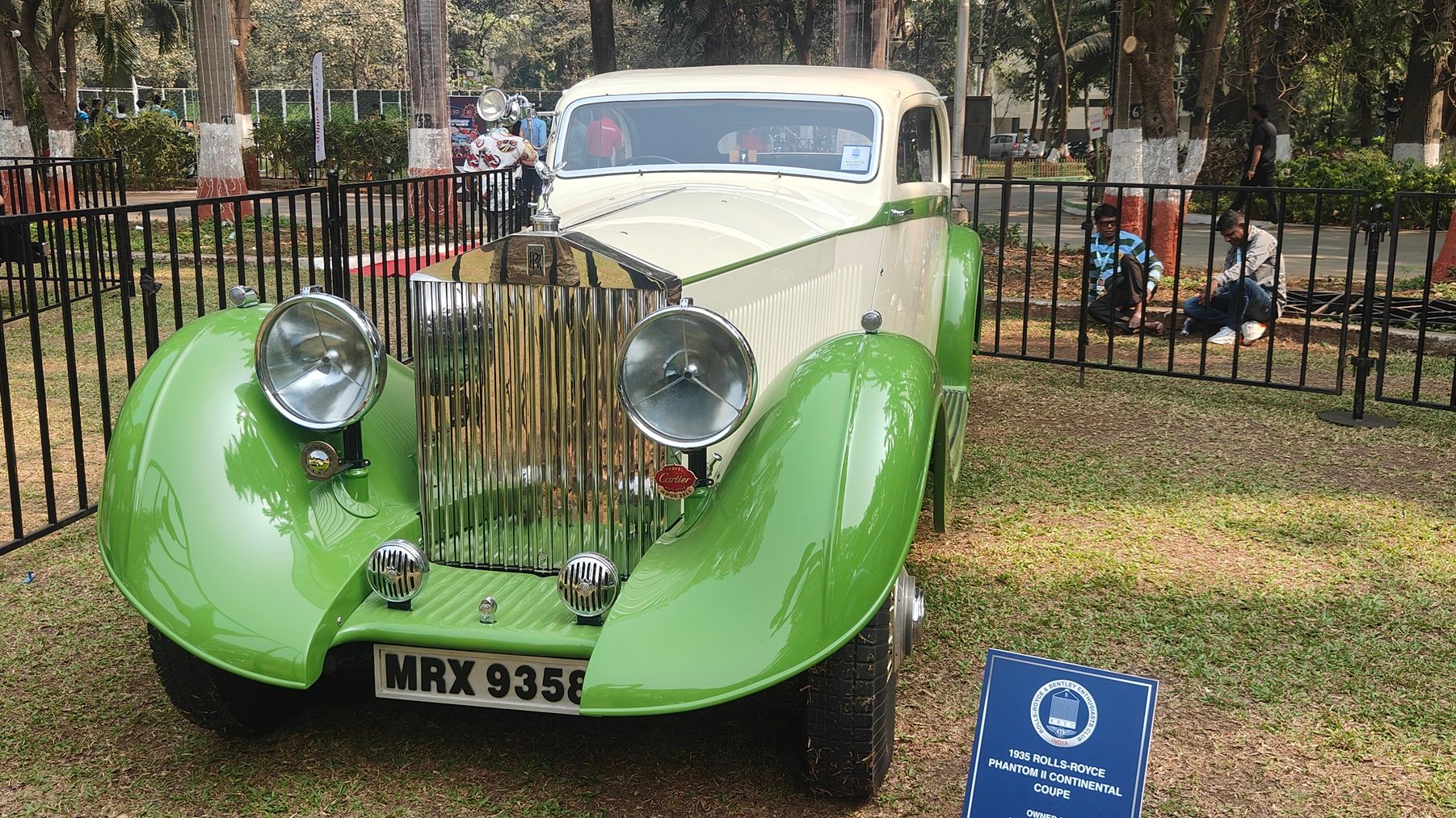
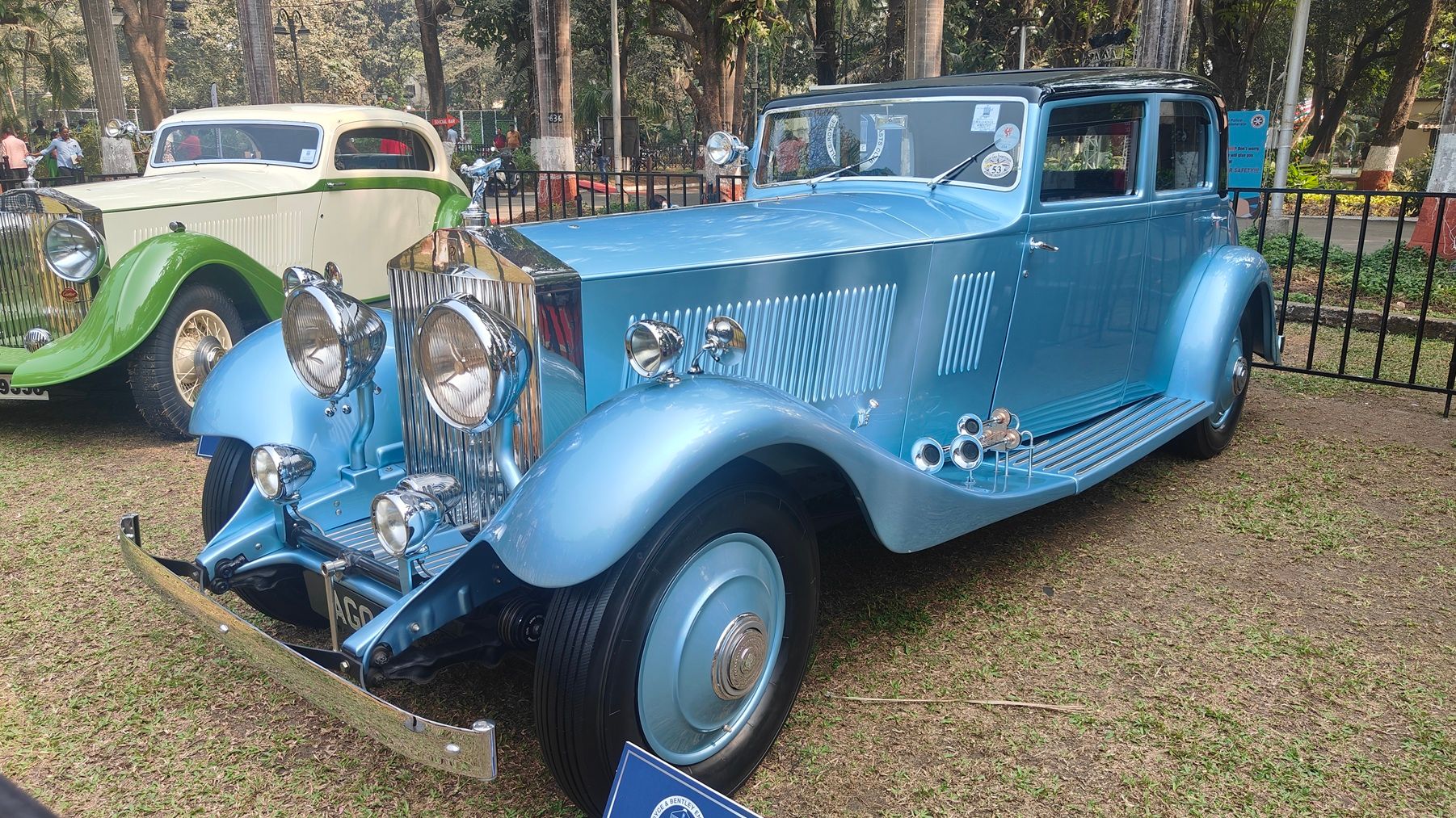
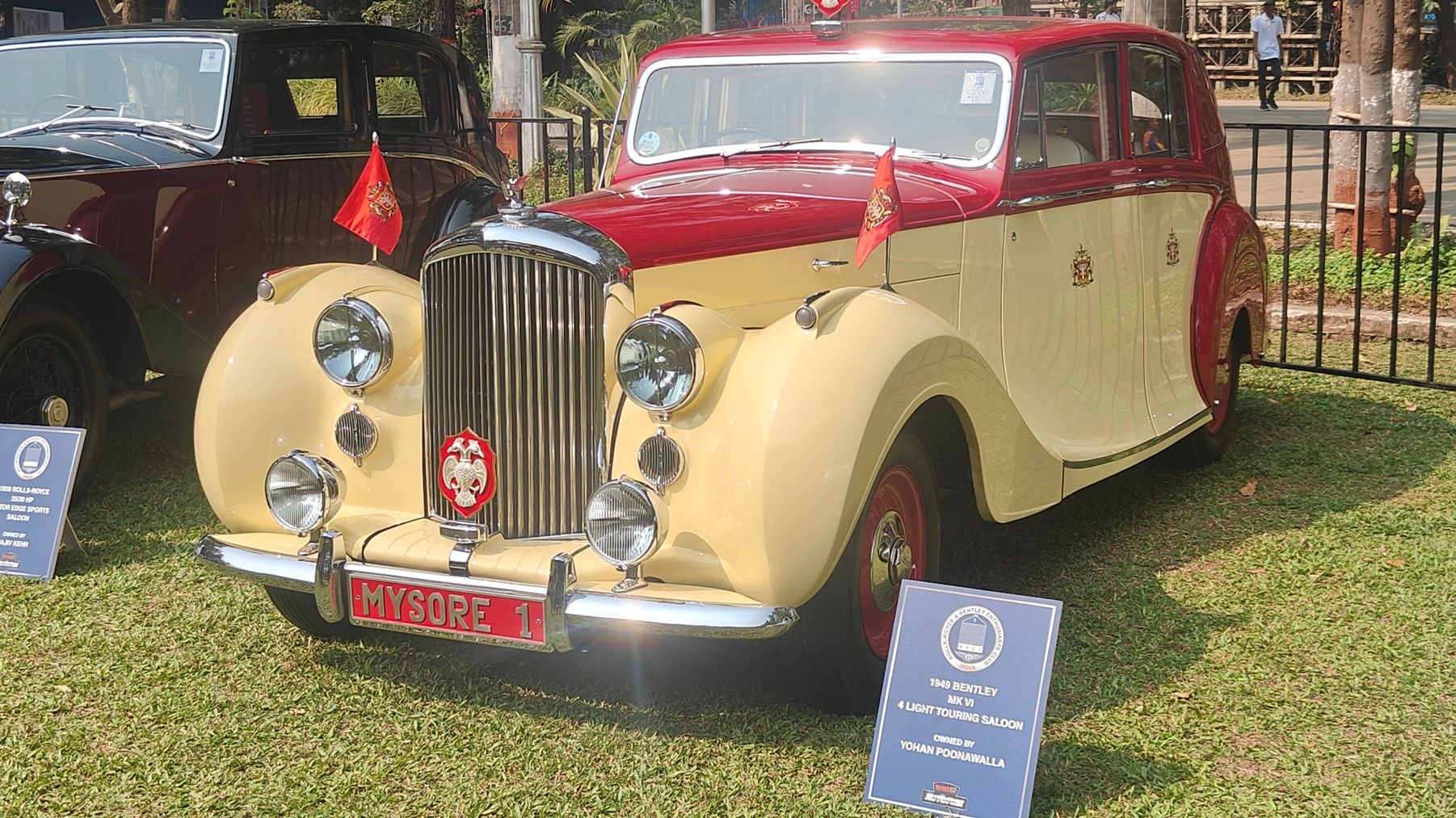
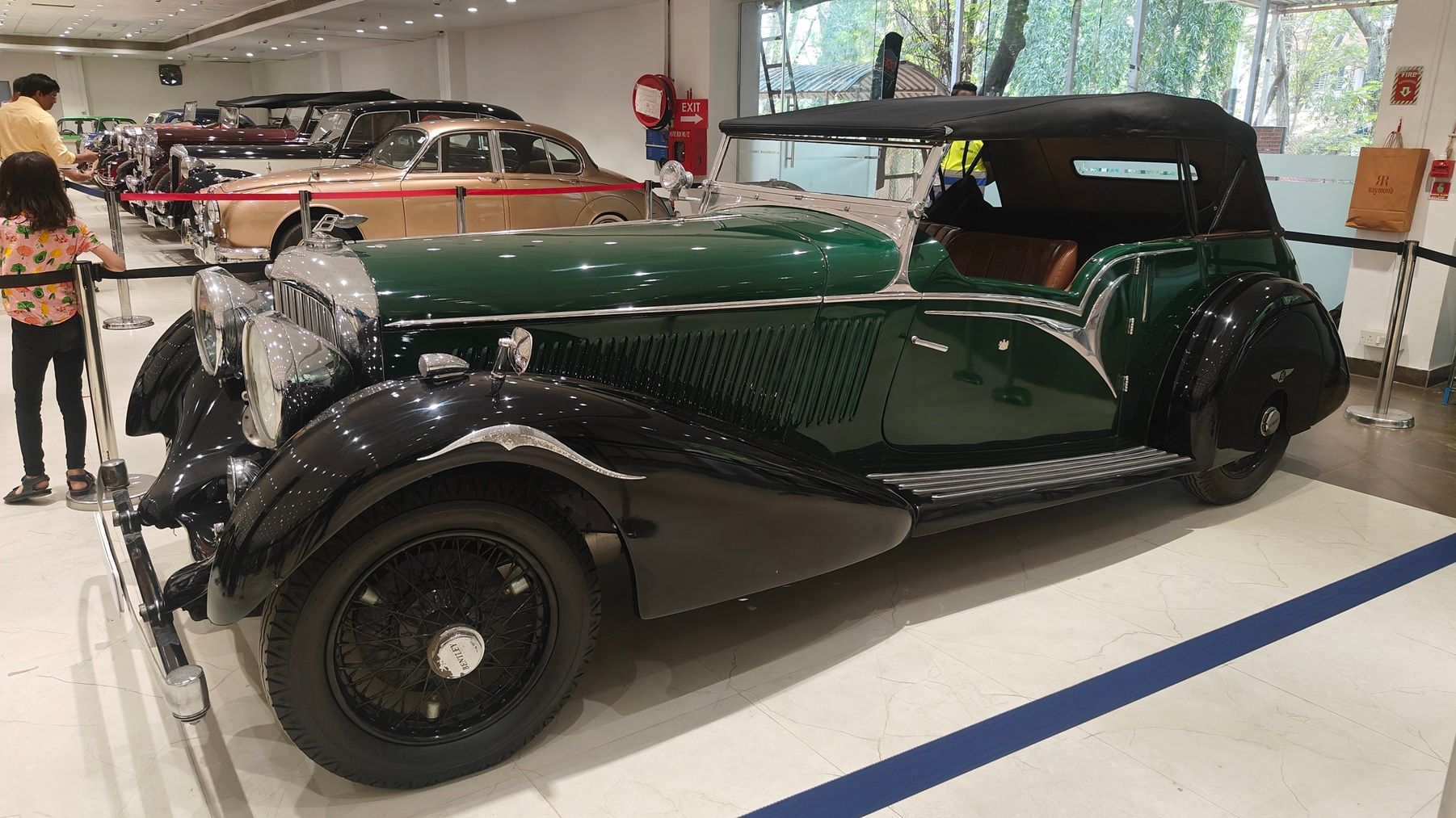
Thane is home to one of the biggest properties of the Raymond Group. Their textile mills were located in a vast and rambling estate – a salubrious location compared to those in Mumbai’s congested heart. However, the mills are long gone, and the verdant area is now being developed for real estate. Beneath the shade of towering trees, space is aplenty for Mr. Singhania to indulge in his passion unhindered.
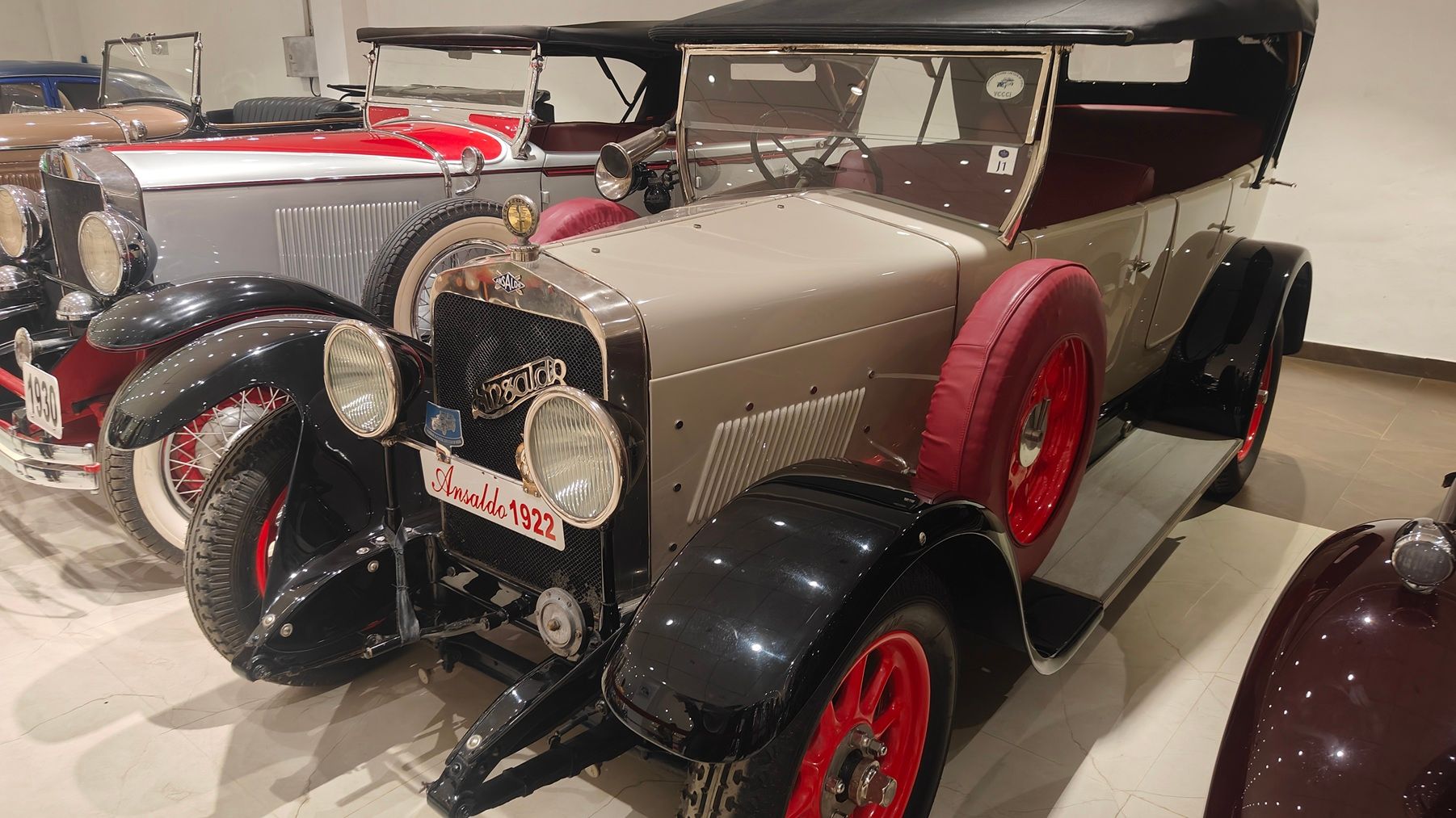
Mr. Singhania’s personal collection of modern classics was parked at the entrance. A DC-3 Dakota dominated the display. Under its upward, inclined nose, rested a fleet of Mercedes, BMWs, Fiats, and other modern classics. These were only the prelude for what was in store for the enthusiast.
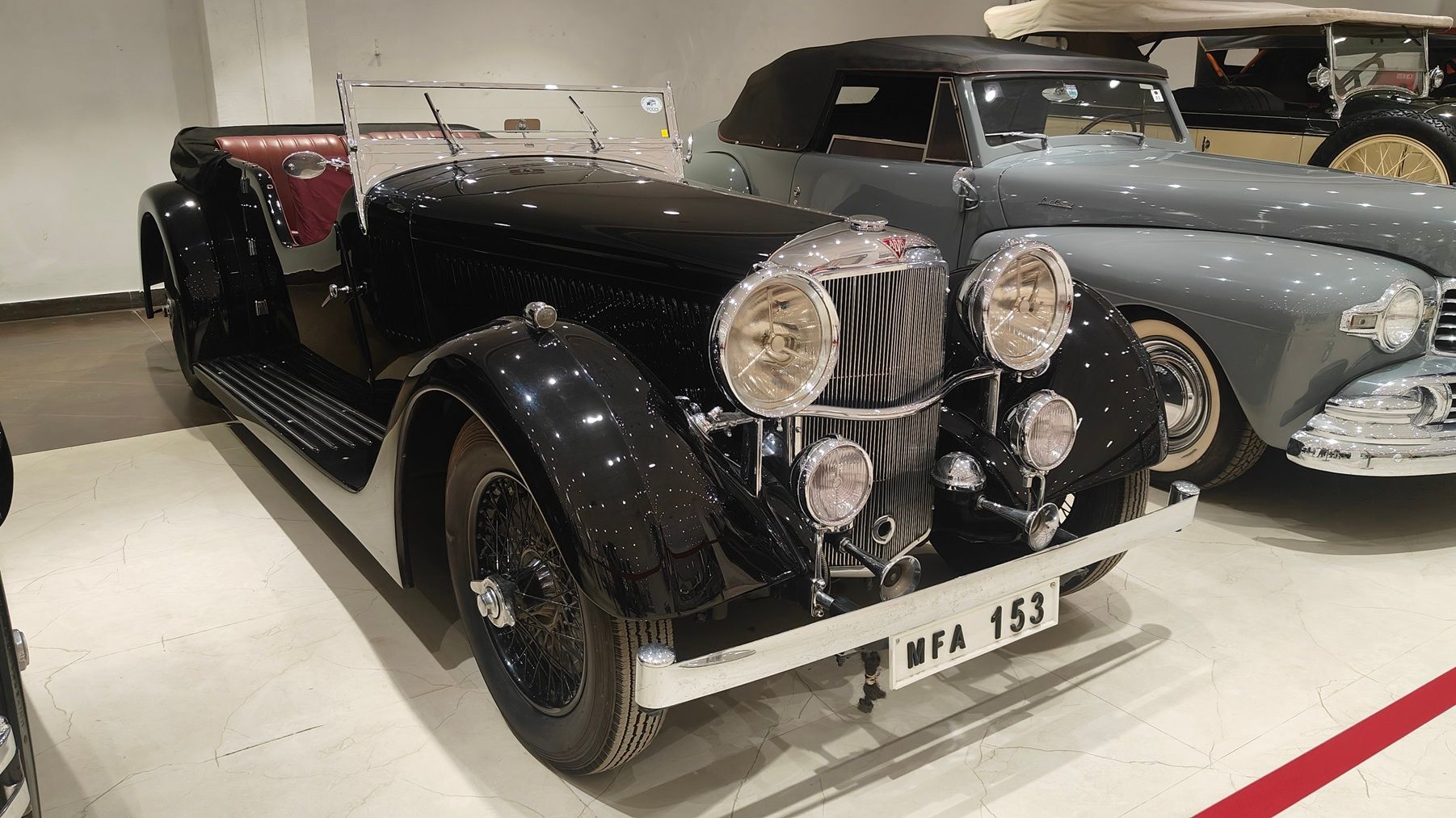
The unpretentious industrial shed that houses the Supercar Club garage, a world-class restoration facility for Indian enthusiasts, was not fully open to visitors. But we were thankfully escorted into the core restoration area, a great opportunity to witness the craftsmanship on display firsthand.
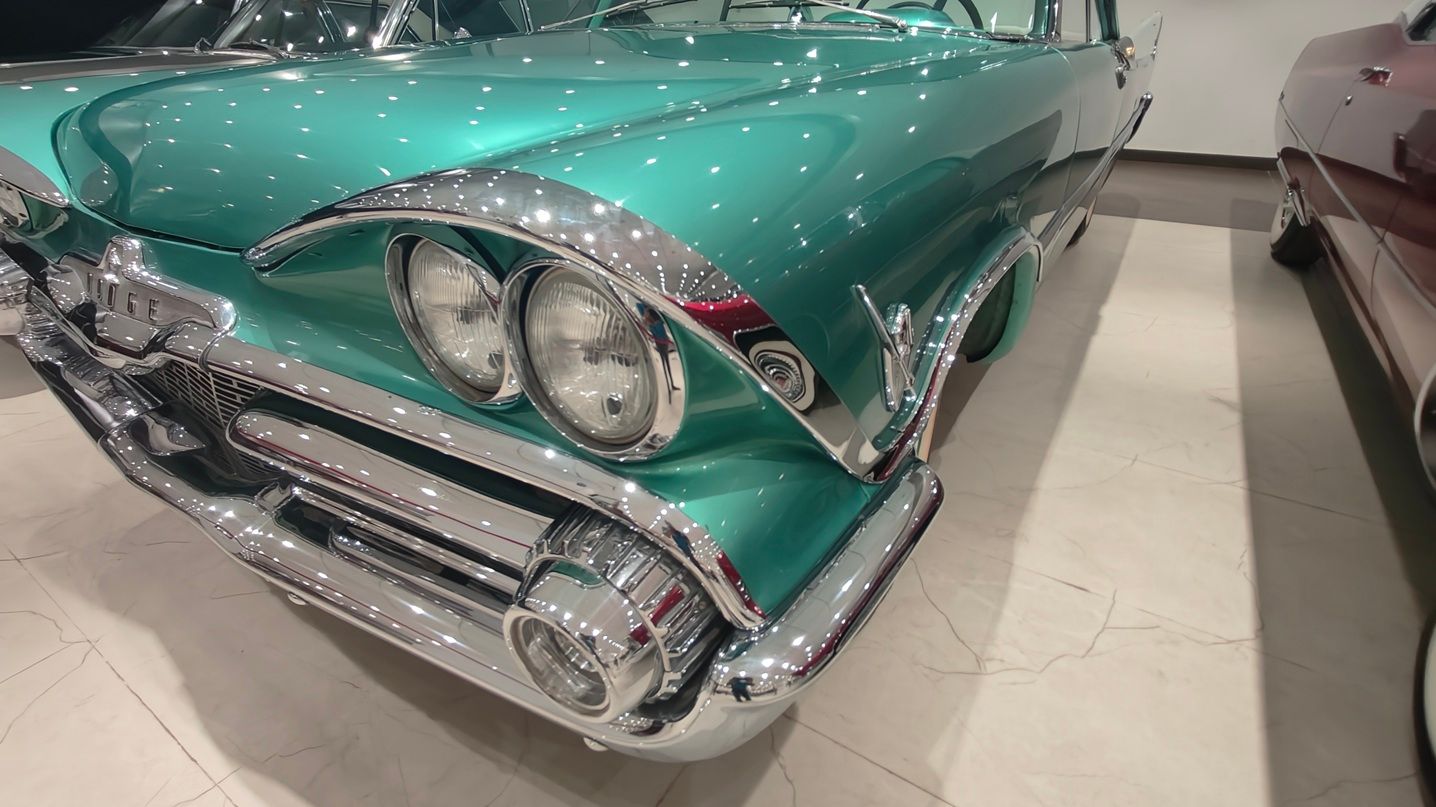
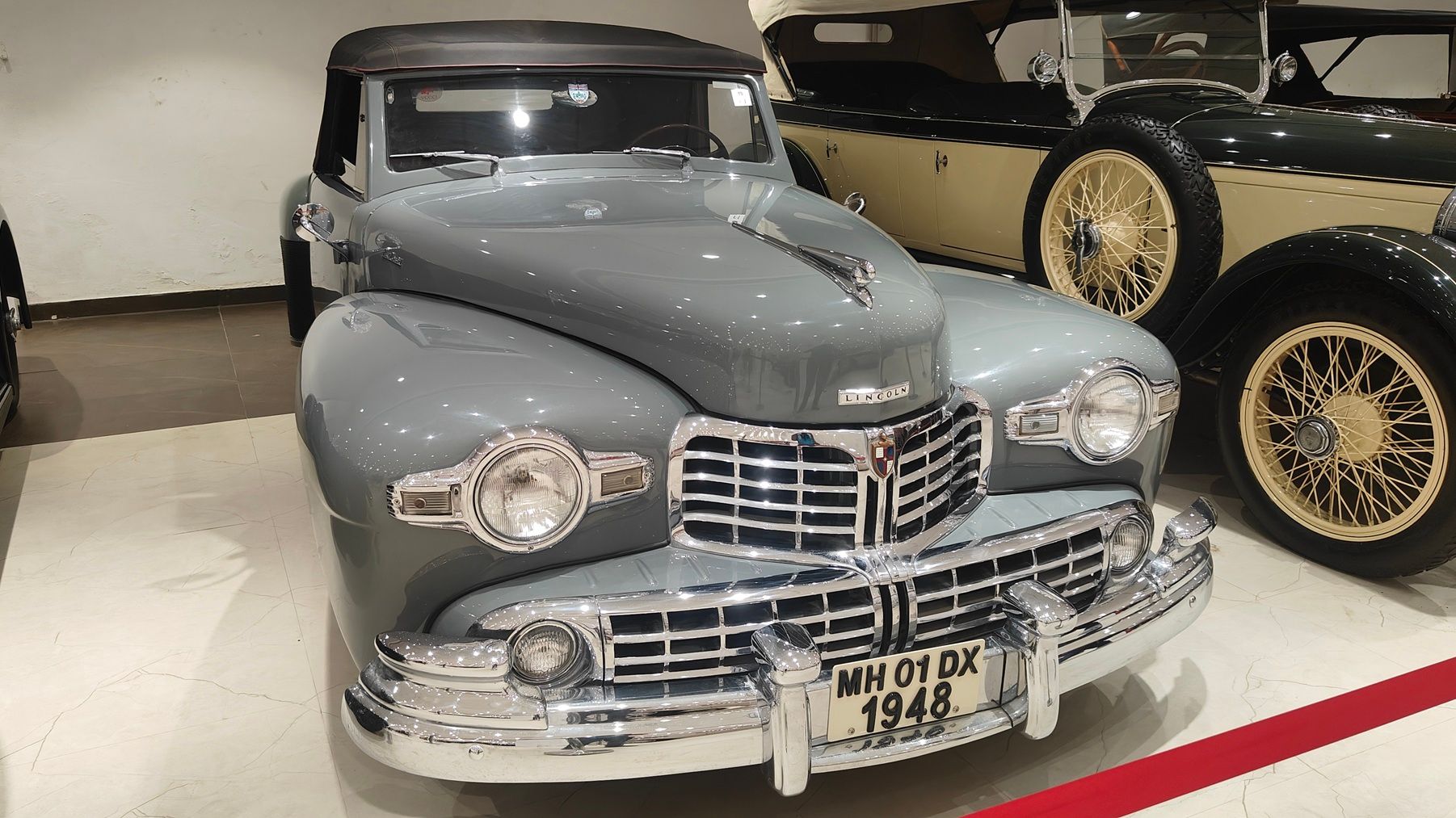
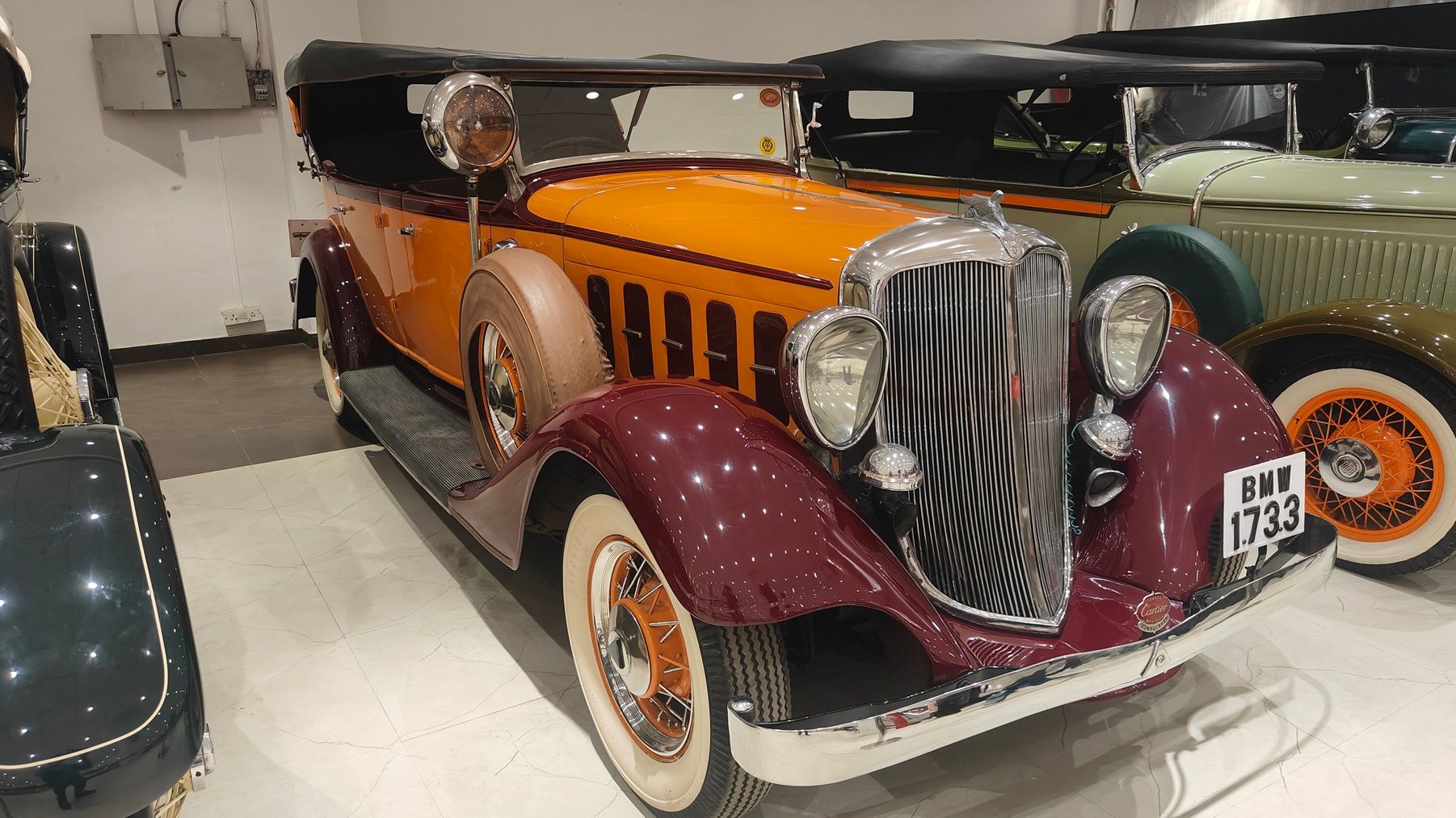
One had heard many positive experiences from restorers who had benefited from the restoration work of this factory-scale restoration effort – so different from the usual, smaller facilities for classic vehicle restoration. I watched entranced as Irfan Mogul, the boss of the facility, escorted us through it. Under his watchful eye, skilled workers tapped away at restoration, restomods and hot rod construction, working on veteran, vintage, classic and modern classics. I gravitated towards a Rolls-Royce from the Bhogilal collection; its rumble seat body was being tapped out in aluminium. The car was intended to be finished in polished aluminium. “Do you use an English wheel?” I asked. “No,” said the craftsman working on the car. “Everything is tapped by hand, carefully welded together and then sanded smooth until the welded seams are not seen.” I looked as keenly as I could, and he was right. I gave up and closed my eyes as I ran my hand over the smooth, unbroken body of this beautiful car.
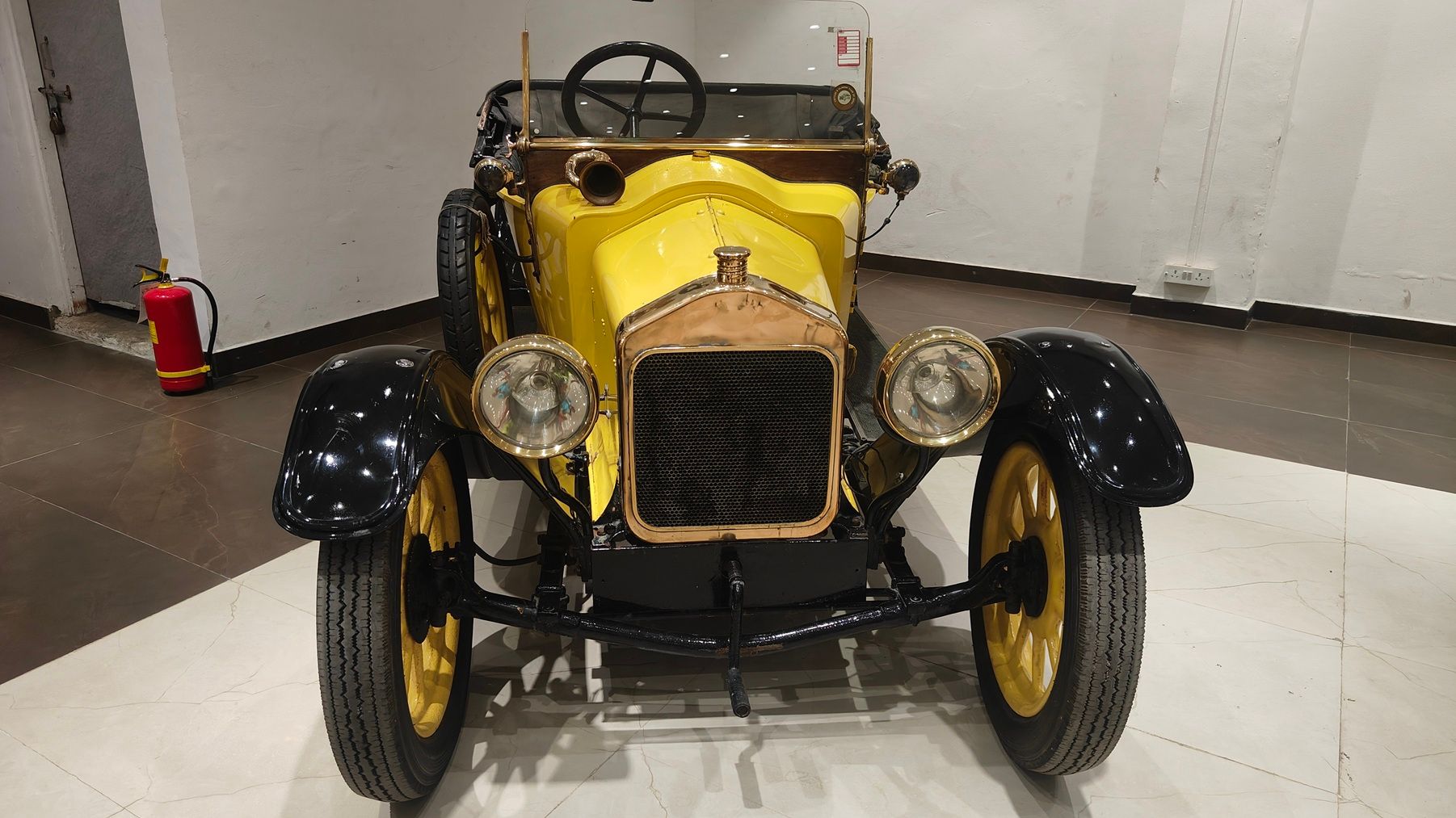
Exiting from the restoration facility, one walked down a shaded avenue to a charmed circle of Rolls-Royce and Bentley cars, organised by the Rolls-Royce Enthusiasts’ Club chapter in India. The high-quality but conservative over-engineering of the Royces and Bentleys is often considered beyond the pale of the common man’s yearnings, and thus, not a subject of desire. Yet, these cars were beautiful in a traditional sort of way. The upright radiators, or the snub nose of the Bentleys provided the common link between the different bodies displayed, from smaller owner-driven Twenties and 20/25s, to the Phantom II and III behemoths. I attempted to pick favourites, but that did not work. The cars were not comparable, I concluded, given that all were purpose built; some to serve as formal vehicles for state occasions, and others for more sporty pursuits.
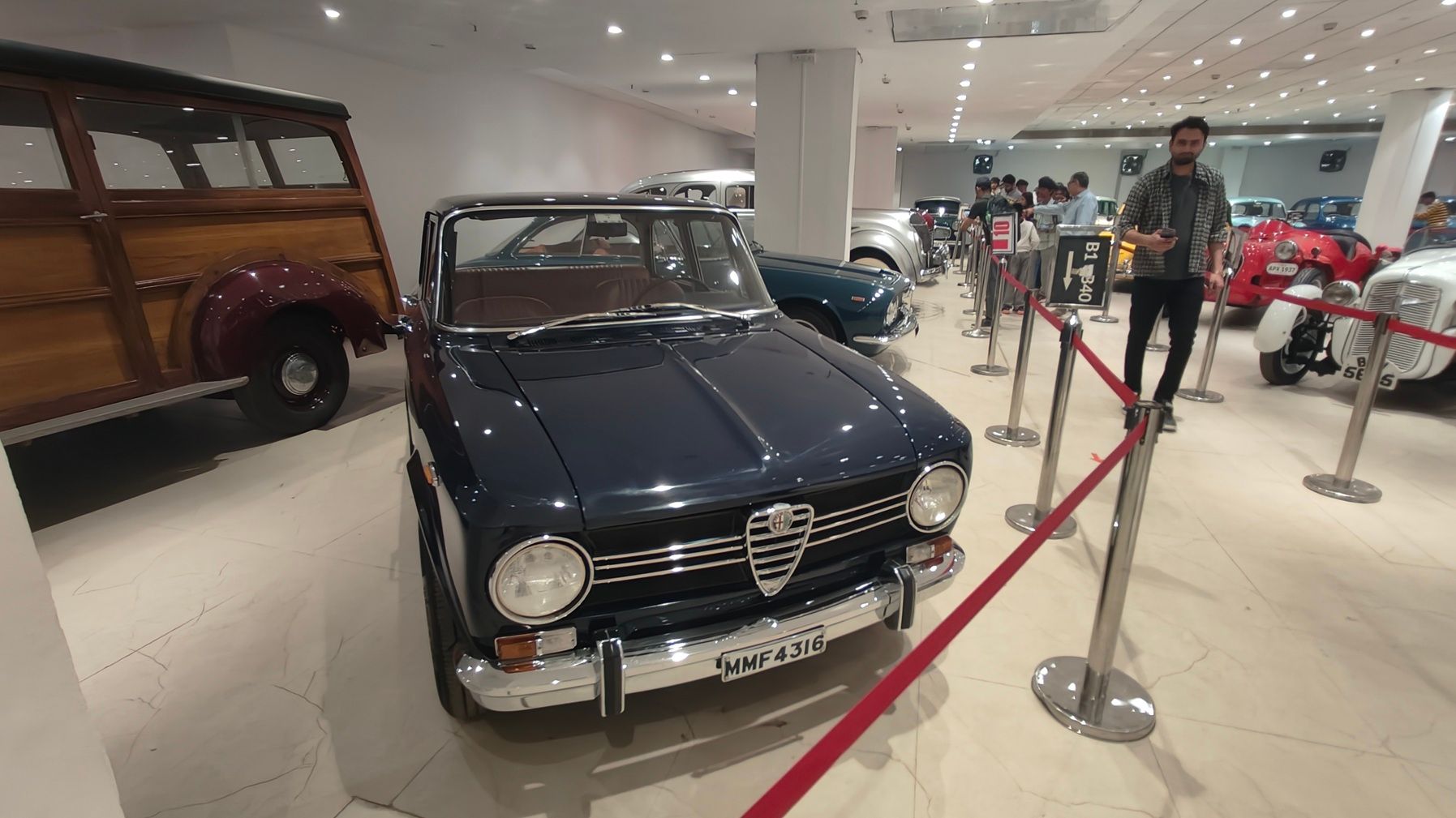
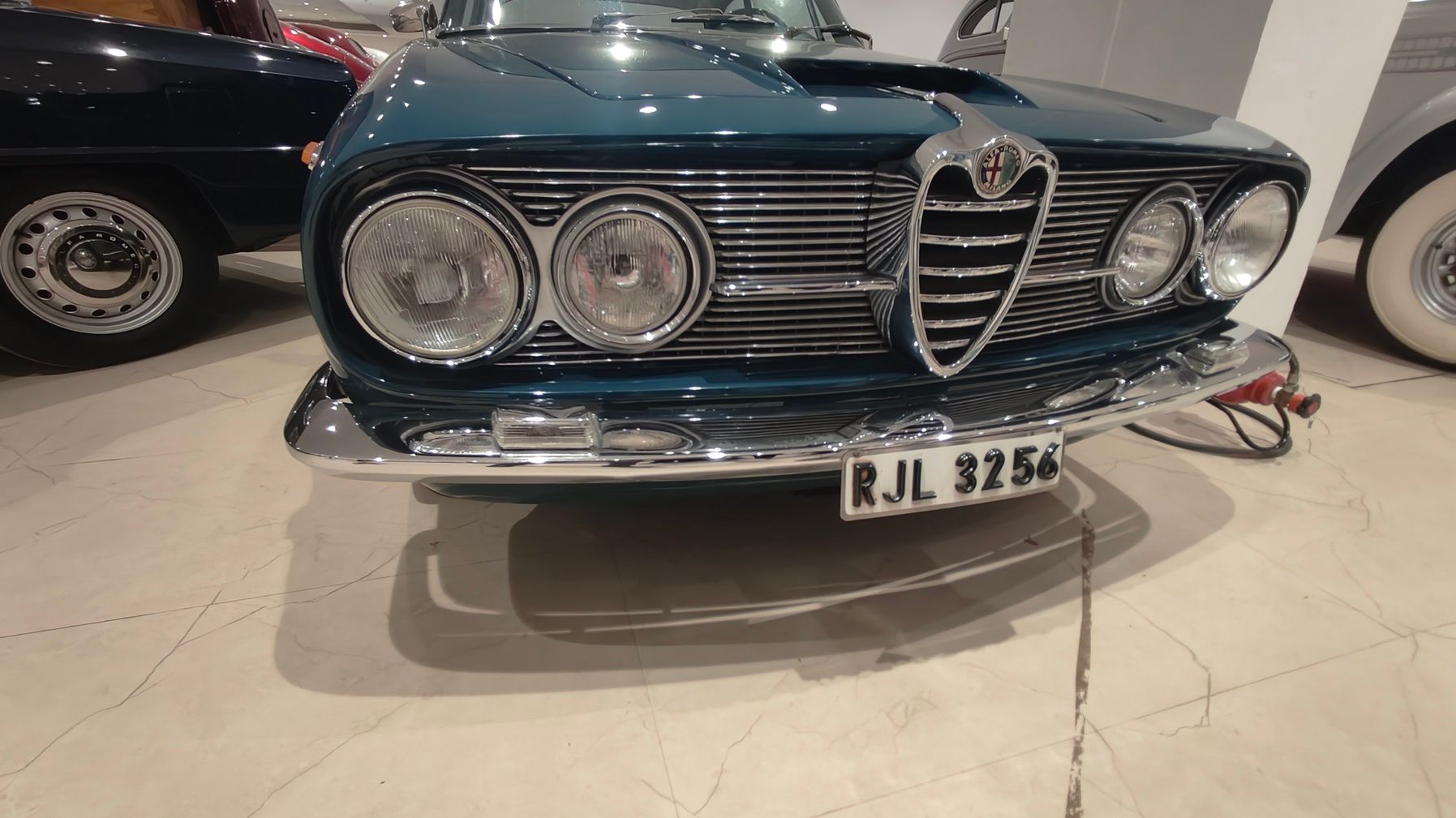
The bulk of the display was concentrated in the covered and air-conditioned facilities for car storage, where the Vintage and Classic Car Club of India had organised a huge show. The variety was immense, ranging from American beasts over a fifty-year span – from the twenties to the seventies – to humble Fiat saloons, much loved in Mumbai and elsewhere. I resumed my silent game: if I had a generous genie in a petrol can, what would I pick? My eyes fell immediately on the small and nimble sports cars and saloons on display. I would definitely pick the two Alfas; pretty little things, both in an attractive dark blue, offset beautifully with the heart-shaped central grille and the svelte swage running from headlamp to taillight. Then came a pair of sports cars. The red Lancia of Harit, with racing provenance, was rescued from an industrial shed and restored to preserve its Indian-built special body. The white Adler, parked adjacent, was a beautiful car too, with its exaggerated cycle wings and torpedo body louvred on every conceivable flat surface. The Adlers are interesting cars, with their front-wheel drive set up, though often not as celebrated as the Citroën.
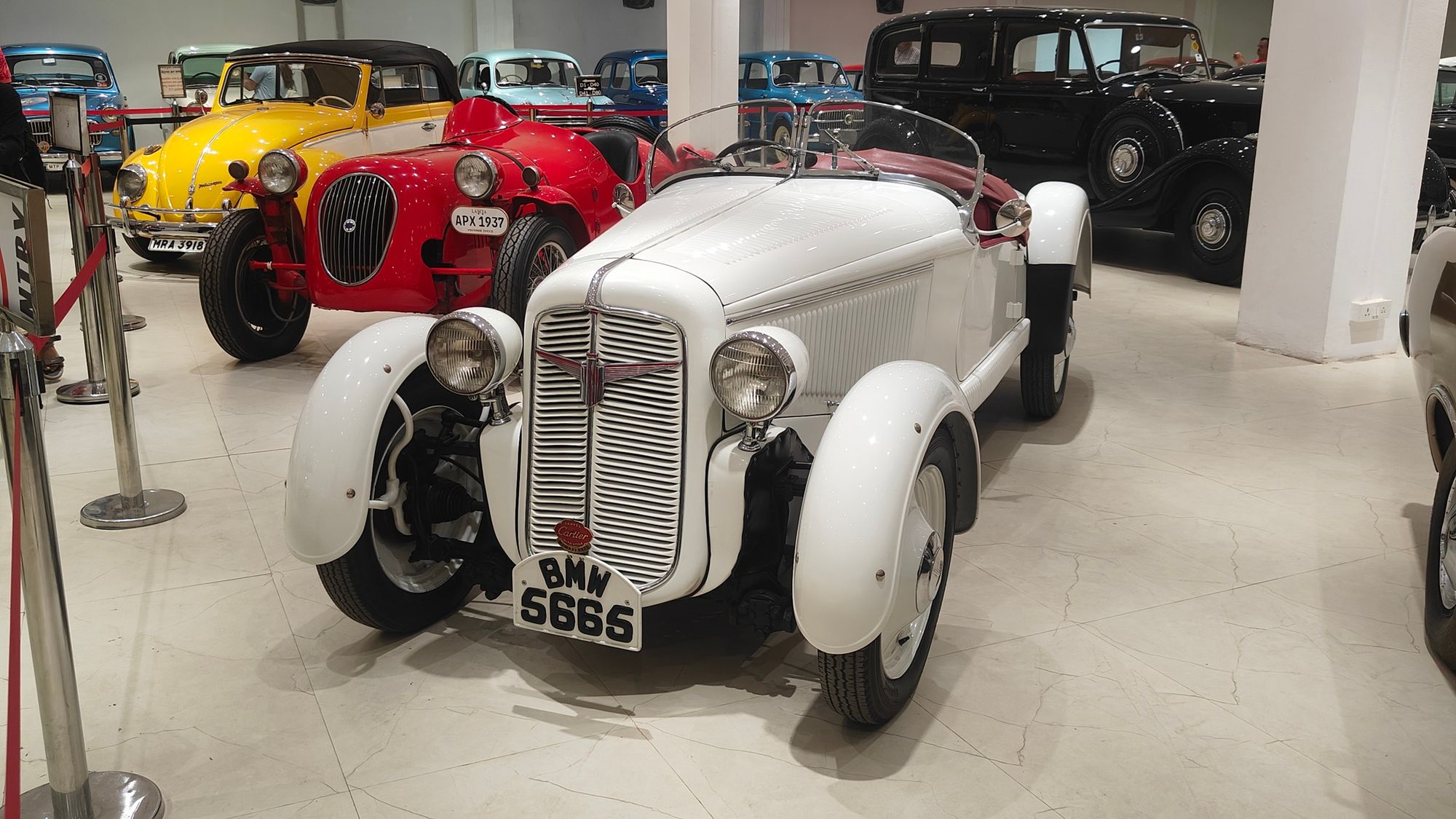
I walked past the American behemoths, the Cadillacs, Packards, Chevrolets and the various muscle cars, and marvelled at their excesses. These came from a period when America placed no limits on opportunity and the market of baby boomers seemed limitless. I stopped before the arresting contours of a Chrysler Airflow – an engineering milestone. While the French were known for their Art Deco styling on Panhards, Delahayes and Delages, the Chrysler Airflow is a standout design of the times; its beauty lies in the fact that even today, it looks contemporary and exciting.
Nitin Dossa’s Alvis was there – for me, another sentimental favourite, as I remembered seeing the car decades ago as a young student, when it won the Car of the Show prize at the Statesman Rally in Delhi, under the ownership of the previous owner.
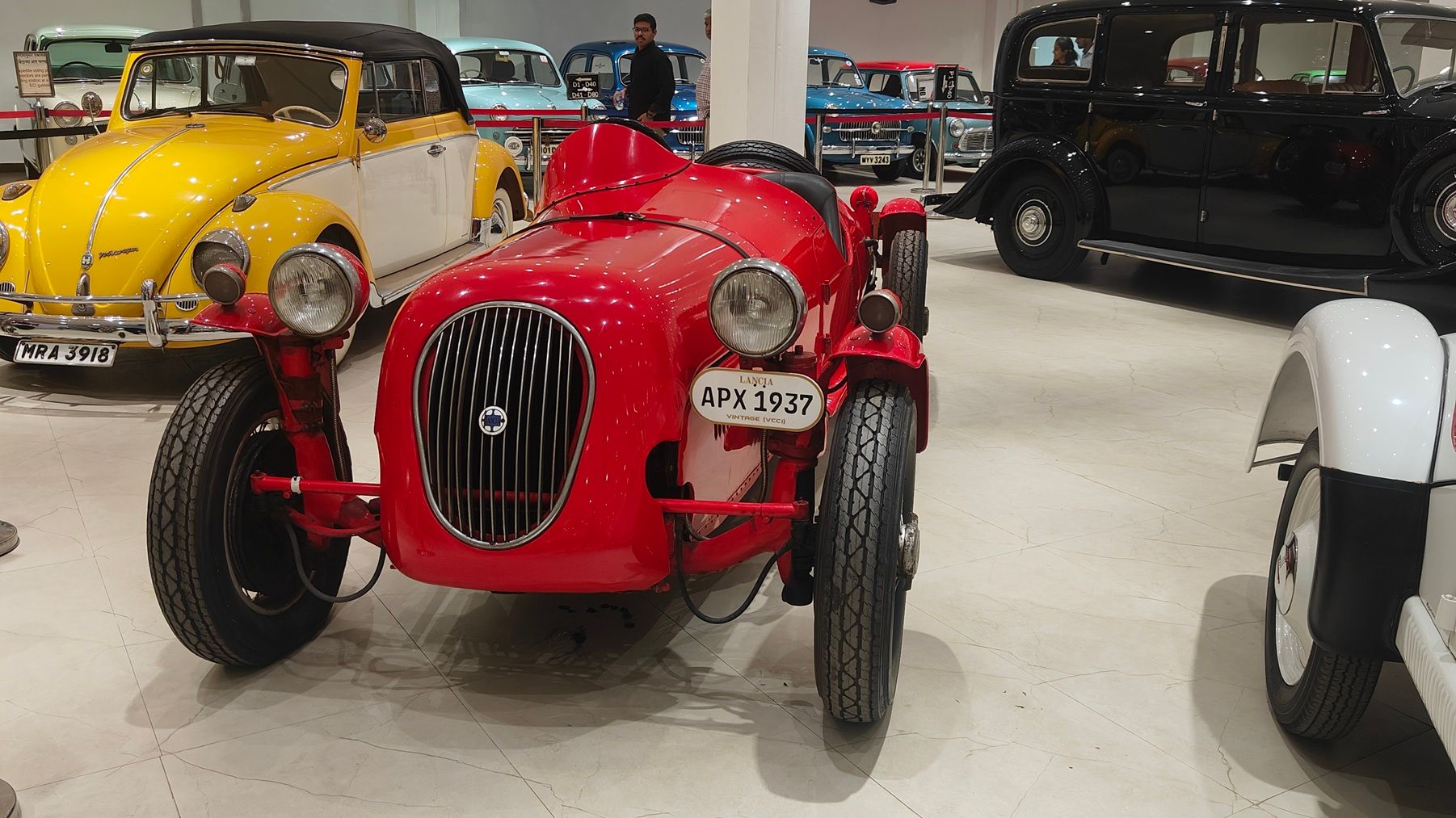
There was no doubt that the show satisfied my most exacting expectations, not only because of the variety of vehicles displayed, but also the manner in which they were showcased.
Cataloguing the collection was infinitely more boring than just looking around, appreciating a straight line here, an aerodynamic curve there, marvelling at the beauty of chrome as well as its absence, and contemplating how the motor vehicle had stirred the creativity of a multitude of designers and engineers.
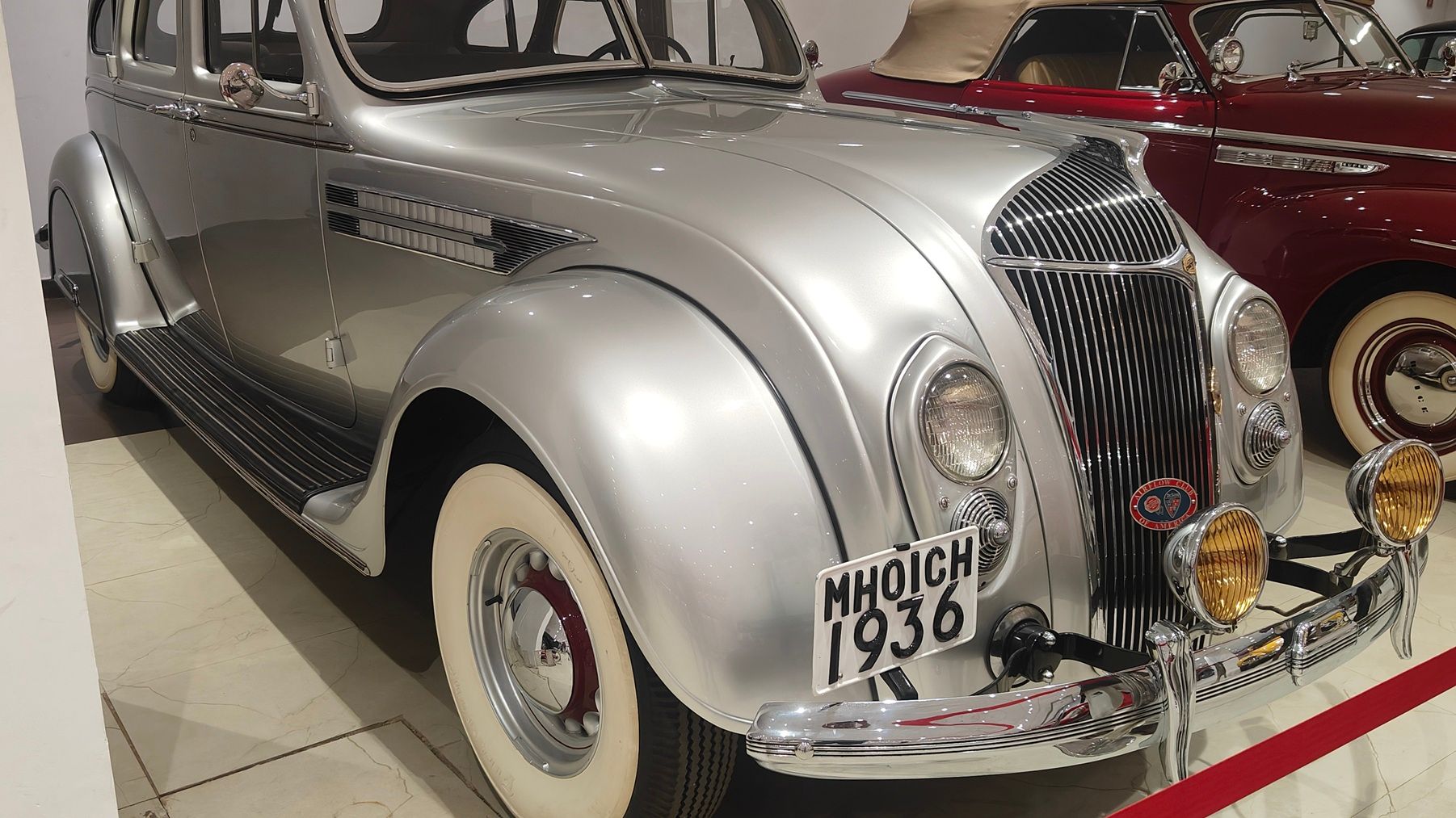
I looked across at the circle of car-mad enthusiasts and withdrew into myself, contemplating our diversity. Here we were, animated in discussion, laughing, engrossed, held together by a common passion. Where do we go from here? What is the legacy we leave behind? But that is for another article, a reflection on what the Autofest means for now and the future.
Comments
Sign in or become a deRivaz & Ives member to join the conversation.
Just enter your email below to get a log in link.
